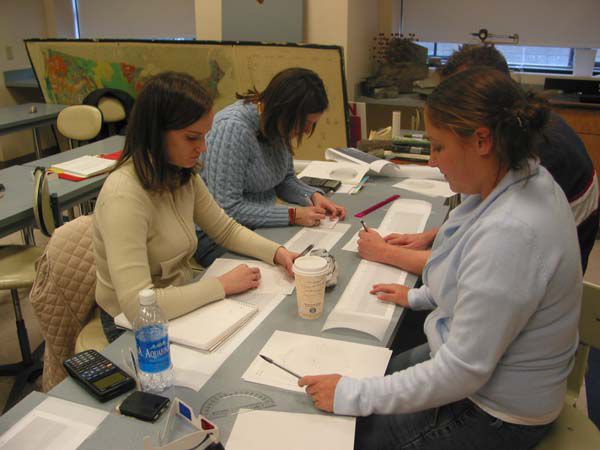Conclusion
Thanks to the superb educational outreach efforts of NASA and JPL, our virtual class field trip to Eagle Crater on Mars proved highly successful, both as an educational experience and a research opportunity for undergraduates (Figure 10). Several of the structural features that we analyzed have not been previously described by mission scientists. We practiced the classical methods of structural geology using a never-before-seen outcrop, images of which were viewed in near-real time, and this generated much enthusiasm and eagerness. Reliance on mainly oblique panoramic images presented unusual challenges which we overcame with new analytical techniques. Our approach may prove useful for professors and students aiming to understand new forms of extraterrestrial field data using the techniques of classical structural analysis. However, we would emphasize the need for easier access to technical data, such as orientation tick marks on the edges of rover photographs and Euler angles for camera view directions. Given the growth in on-line photographic documentation of outcrops on Earth, our analytical techniques may also prove useful in Earth-bound structural studies.
Figure 10. Analysis lab

Standard structural analysis labs from Boston University course ES301 were adapted to meet the needs of Martian mapping.